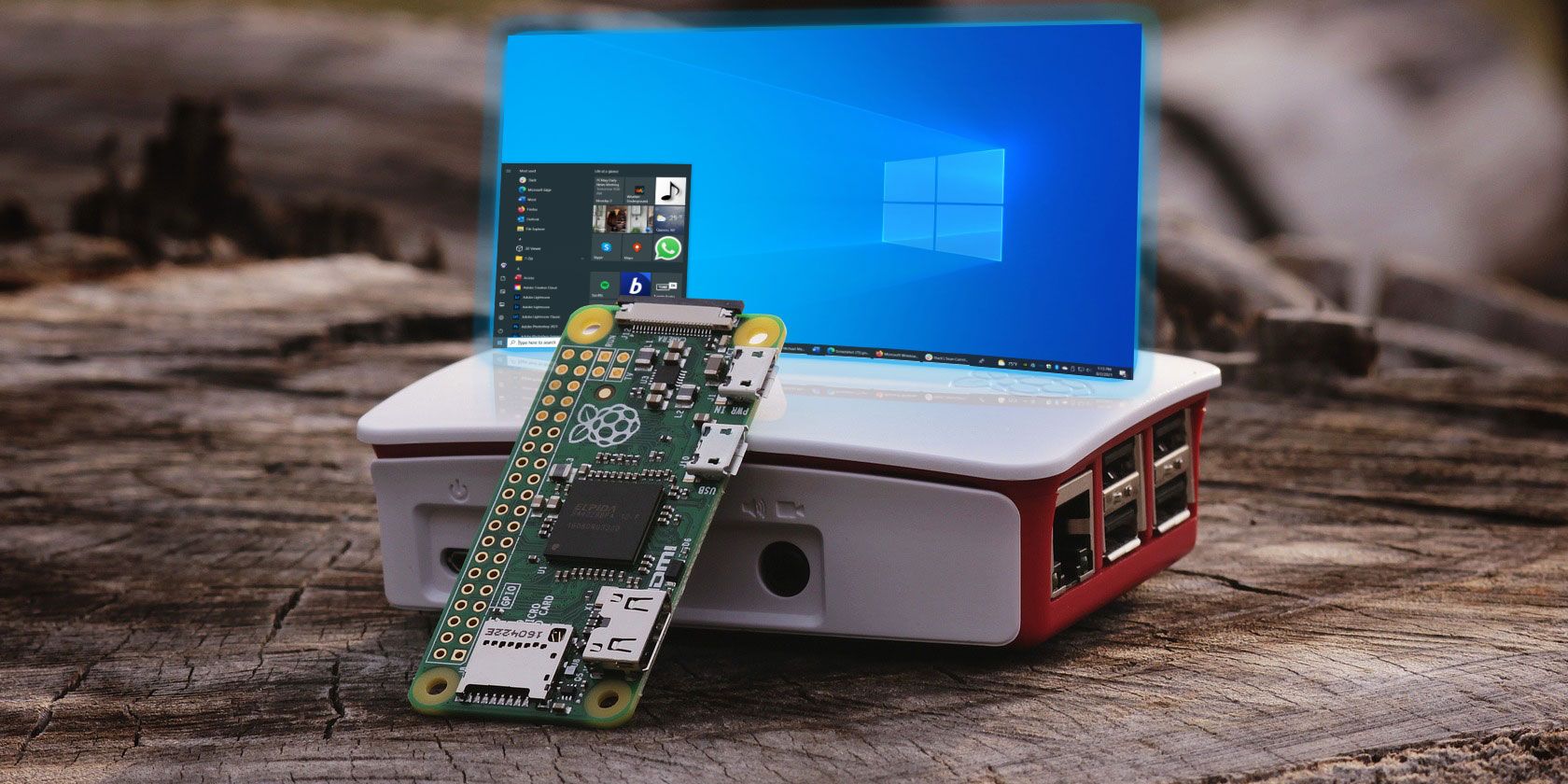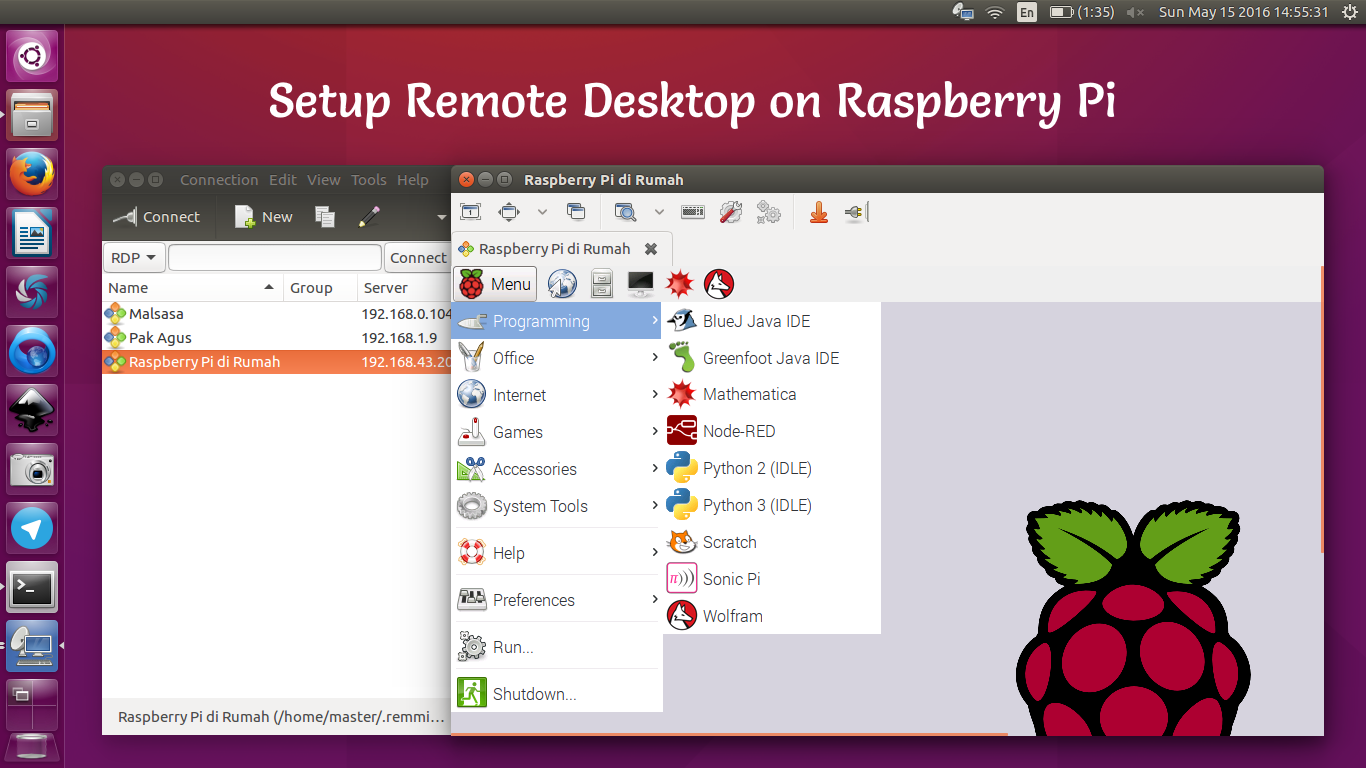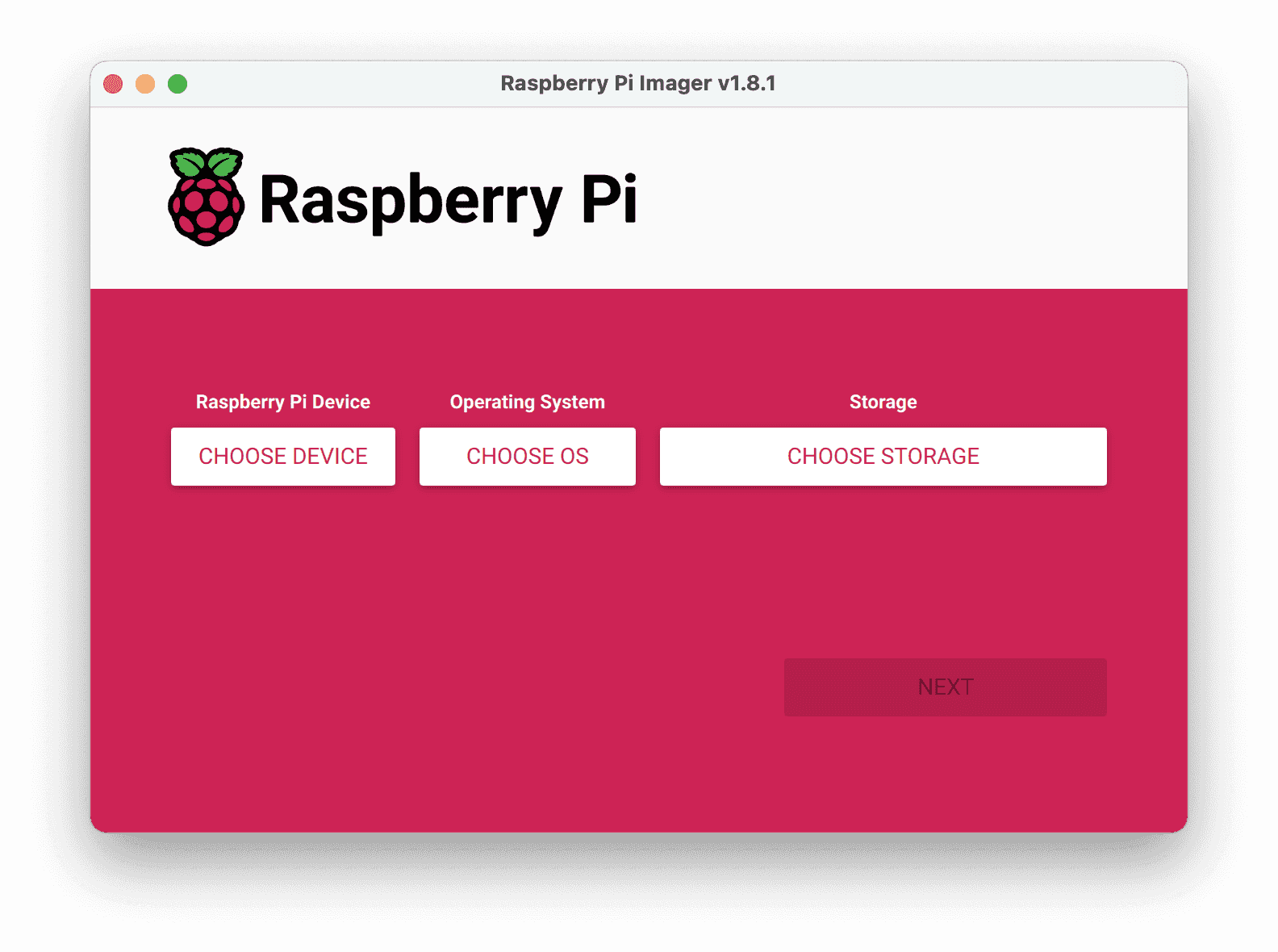Detail Author:
- Name : Sadie Wolff
- Username : hayes.monserrate
- Email : oswaldo.wolf@lesch.com
- Birthdate : 1975-01-13
- Address : 64591 Humberto Glen West Elwin, AR 48457
- Phone : 941.355.8164
- Company : Reinger, Satterfield and Sanford
- Job : Typesetting Machine Operator
- Bio : Omnis sapiente autem est nobis quia nobis. Ex est ut harum animi. Minus doloremque deserunt voluptatem. Error harum molestias veniam consequatur sunt corrupti et.
Socials
twitter:
- url : https://twitter.com/preston_beer
- username : preston_beer
- bio : Tenetur quia ipsam explicabo tempore dolorum. Consequatur nisi repellendus animi.
- followers : 2412
- following : 1653
facebook:
- url : https://facebook.com/preston_beer
- username : preston_beer
- bio : Facere laudantium temporibus ipsa quia deleniti dolor.
- followers : 3831
- following : 1332
linkedin:
- url : https://linkedin.com/in/preston.beer
- username : preston.beer
- bio : Quas et voluptas cum et sunt nemo.
- followers : 3681
- following : 14
Are you looking to connect with your Raspberry Pi from anywhere, without spending a dime? It’s a common wish for many Pi enthusiasts, you know, especially if you have projects running at home but need to check on them while you are out. This ability to access your little computer from afar, like checking on a smart home setup or a personal server, is pretty much a game-changer for convenience. Getting your Raspberry Pi to talk to you across the internet, free of charge, is a fantastic way to keep your projects active and accessible, and it truly helps you stay in control of your digital creations.
Many folks, much like when they think about getting a new web browser, often wonder about system requirements. You might, for instance, be asking if your particular Raspberry Pi model or its operating system will play nicely with remote access tools. It’s a very good question to ask, and it’s something we’ll certainly get into. Just like you would check if Chrome supports your operating system before a download, we'll look at what your Pi needs to get going with remote.it, a free service that lets you reach your device from almost anywhere.
This guide is going to walk you through the process of setting up remote.it on your Raspberry Pi. We’ll cover everything from getting your Pi ready to actually connecting to it over the internet. So, if you're keen to gain control over your Pi projects from a distance, or perhaps just want to peek at your Pi's status while you're away, this information is for you. It's really about making your Pi more useful and accessible, without any extra cost, which is a pretty sweet deal for anyone.
Table of Contents
- Why Remote Access Your Raspberry Pi?
- What is Remote.it?
- Preparing Your Raspberry Pi for Remote.it
- Step-by-Step Guide: How to Install Remote.it on Raspberry Pi Free
- Tips for a Smooth Remote.it Experience
Why Remote Access Your Raspberry Pi?
Having remote access to your Raspberry Pi is, in a way, like having a key to your home computer no matter where you are. Think about it: your Pi might be running a media server, a home automation hub, or maybe even a small web server. If you're away from home, you can't just walk up to it and plug in a keyboard and mouse, can you? This is where remote access becomes incredibly useful, really.
People often use their Raspberry Pi for all sorts of projects, from simple tasks to quite complex ones. So, being able to connect to it from a laptop at a coffee shop, or even your phone while on vacation, makes managing those projects much easier. It means you can check on things, make adjustments, or even fix a problem without needing to be physically present. This convenience is a big draw for many Pi users, and it helps them get more out of their little machines.
For example, if you have a security camera system running on your Pi, you might want to view the feed while you're out. Or, perhaps your Pi is handling some data logging, and you need to pull up a report. Remote access allows for all of these things, keeping your projects alive and accessible, which is pretty much what everyone wants, isn't it?
What is Remote.it?
Remote.it is a service that creates secure connections to your devices, like your Raspberry Pi, over the internet. It helps you bypass some of the usual network setup hurdles, such as configuring port forwarding on your router, which can be a bit of a headache for many. This service basically makes it simpler to reach your Pi, no matter if it's behind a tricky firewall or on a network you don't control, so it's a very helpful tool.
It works by installing a small piece of software, often called an agent, on your Raspberry Pi. This agent then connects to the remote.it cloud service, creating a secure tunnel. When you want to access your Pi, you use the remote.it website or their desktop application, and it routes your connection through that secure tunnel to your Pi. It's a bit like having a secret passage directly to your device, which is quite clever.
One of the best things about remote.it for many users is that it offers a free tier. This means you can get basic remote access to a few devices without any cost, which is pretty similar to how you can download and install the Chrome web browser at no charge, or how Office for Web is free for everyone up to a certain screen size. This free option makes it very appealing for hobbyists and those just starting with remote access on their Raspberry Pi, providing a cost-effective way to stay connected.
Preparing Your Raspberry Pi for Remote.it
Before you jump into installing remote.it, it's a good idea to make sure your Raspberry Pi is ready. This is a bit like checking if Chrome supports your operating system and other system requirements before you download it. A little preparation can save you from problems later, so it's worth taking a moment for this step.
First, your Raspberry Pi needs a working operating system. Most people use Raspberry Pi OS, which is a very good choice. Make sure it's up to date, too. You can do this by opening a terminal window on your Pi and running these two commands, one after the other: sudo apt update and then sudo apt upgrade -y. This helps ensure all your system's software is current, which can prevent compatibility issues, you know, just like making sure your computer meets the requirements for Drive for Desktop.
Next, your Raspberry Pi needs to be connected to the internet, of course. This can be via Wi-Fi or an Ethernet cable. A stable internet connection is quite important for remote access to work reliably. Also, it's a good idea to have SSH enabled on your Pi. SSH lets you access your Pi's command line remotely, and it's often the first service you'll want to connect to with remote.it. You can enable SSH through the Raspberry Pi Configuration tool under the "Interfaces" tab, or by running sudo raspi-config in the terminal and navigating to "Interface Options."
Step-by-Step Guide: How to Install Remote.it on Raspberry Pi Free
Now that your Raspberry Pi is all set, we can get to the main part: installing remote.it. This process involves a few clear steps, somewhat like following tips and tutorials from an official help center. We'll go through each one carefully, so you can get your remote access up and running without much fuss, really.
Creating a Remote.it Account
The very first thing you need is a remote.it account. Head over to the remote.it website using a web browser on your computer or phone. Look for the "Sign Up" or "Get Started" button. You'll need to provide an email address and create a password. It's a pretty standard sign-up process, similar to creating an account for any online service. Once you've filled in your details, you might need to verify your email address by clicking a link they send you. This step is quite important for security, and it ensures your account is properly set up.
Installing the Remote.it Agent
With your account ready, the next step is to install the remote.it agent software on your Raspberry Pi. This is the piece that allows your Pi to talk to the remote.it service. Open a terminal window on your Raspberry Pi. You can do this directly on the Pi if you have a screen and keyboard connected, or you can use SSH to connect from another computer. Once you're in the terminal, you'll download and run an installation script. The remote.it website usually provides the exact command, but it often looks something like this: sudo apt install remoteit or a similar curl command to fetch and execute a script. Make sure to copy the command exactly as it's shown on their official instructions. This command basically pulls the necessary files onto your Pi and gets them ready to run, so it's a pretty direct process.
During the installation, the script might ask you a few questions. Just follow the prompts. It's usually quite straightforward, and the default options are often fine for most users. The process is designed to be user-friendly, allowing you to install the desired software program without too much trouble. Once the installation finishes, the agent will be on your Pi, waiting for the next step, which is to link it to your remote.it account.
Registering Your Pi with Remote.it
After the agent is installed, you need to register your Raspberry Pi with your remote.it account. This tells the remote.it service that this particular Pi belongs to you and that you want to manage it. In your Pi's terminal, you'll run a command like remoteit --register. This command will prompt you for the email address and password you used to create your remote.it account. Enter these details carefully. Once successfully registered, your Raspberry Pi will appear in your list of devices on the remote.it web portal. This is a pretty cool moment, as it means your Pi is now visible and manageable through their service.
Accessing Your Pi Services Through Remote.it
With your Pi registered, you can now set up services to access. Common services include SSH (for command-line access), VNC (for a graphical desktop), and HTTP (for web servers). On the remote.it web portal, find your registered Raspberry Pi. You'll see an option to "Add Service." Select the type of service you want to add. For SSH, choose "SSH." Remote.it will then generate a unique endpoint for that service. This endpoint is like a special web address that you can use to connect to your Pi's SSH server from anywhere. You can then use an SSH client, like PuTTY on Windows or the terminal on Linux/macOS, to connect to that endpoint. It's a very simple way to get direct access.
For VNC, you'd select "VNC" and then use a VNC client to connect to the generated endpoint. If you're running a web server on your Pi, you'd choose "HTTP" or "HTTPS" and then just type the provided URL into your web browser. This setup makes it incredibly easy to reach your Pi's various functions without dealing with complex network configurations. It’s almost like finding an app in the app store, then just opening it to search and browse for content to download, but for your Pi’s services, which is pretty neat.
Tips for a Smooth Remote.it Experience
To make sure your remote access to your Raspberry Pi is as good as it can be, there are a few things to keep in mind. First, always keep your Raspberry Pi's operating system and the remote.it agent updated. Regular updates often include security fixes and performance improvements, which can make a big difference. It's a bit like how Microsoft allows users to download setup files for various Office versions; keeping things current is generally a good idea for smooth operation.
Also, think about security. Use strong, unique passwords for your remote.it account and for your Raspberry Pi's user accounts. If you're using SSH, consider setting up SSH key-based authentication instead of just passwords, as it's much more secure. This helps protect your Pi from unauthorized access, which is very important. You wouldn't want someone else getting into your system, would you?
If you run into any problems, remote.it has its own help resources. Just like the official Google Chrome help center where you can find tips and tutorials, they offer guides and troubleshooting steps. Sometimes, a simple restart of the remote.it agent on your Pi, or even the Pi itself, can fix connection issues. You can learn more about Raspberry Pi projects on our site, and also find useful information on setting up other remote tools if remote.it isn't quite what you need, too.
Frequently Asked Questions
Can I access my Raspberry Pi from anywhere using remote.it?
Yes, that is exactly what remote.it is designed for. Once you set it up, you can connect to your Raspberry Pi from any device with an internet connection, no matter where you are. It’s pretty convenient, actually.
Is remote.it truly free for Raspberry Pi users?
Remote.it offers a free tier that supports a certain number of devices and services, which is typically enough for personal Raspberry Pi projects. So, yes, you can use it without paying for basic remote access, very much like how you can download and install the Chrome web browser at no charge.
What services can I access on my Raspberry Pi through remote.it?
You can access various services running on your Raspberry Pi, including SSH for command-line access, VNC for a graphical desktop interface, and HTTP/HTTPS for web servers. It is quite flexible, really, letting you reach most common applications.


